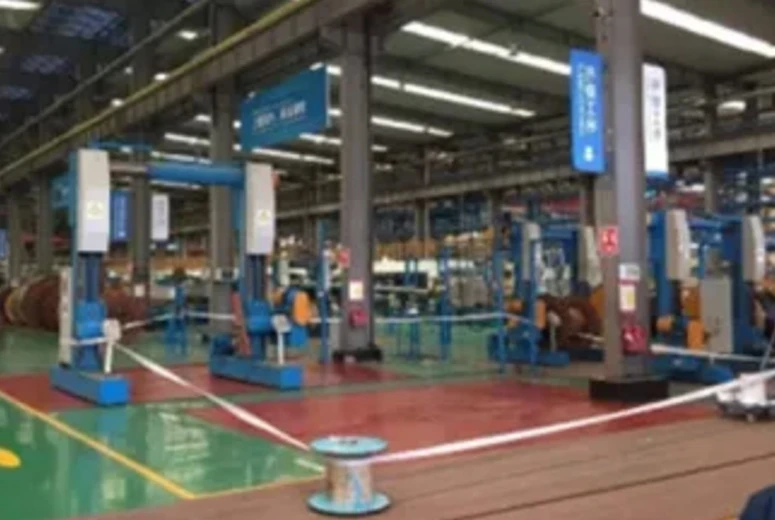ਦਸੰ. . 11, 2024 10:07 Back to list
Understanding the Basics of Building Cable and Wire Connections in Electrical Systems
Understanding Building Cable Wire Types, Applications, and Best Practices
Building cable wire plays a crucial role in modern infrastructure, enabling the efficient transfer of electricity, data, and communication signals. This article explores various types of building cable wire, their applications, and best practices for utilization to ensure safety and efficiency.
Types of Building Cable Wire
When discussing building cable wire, it is essential to consider the various types available in the market. Each type is tailored to fulfill specific functions, accommodating different environments and needs.
1. Non-Metallic Sheathed Cable (NM Cable) Often used in residential buildings, NM cable consists of two or more insulated conductors and a bare ground wire, all encased in a moisture-resistant sheath. It is ideal for indoor wiring, including lighting and power circuits.
2. Armored Cable (AC) This type provides extra protection, suitable for areas exposed to physical damage. Armored Cable is designed with a layer of metal, usually aluminum or steel, which safeguards the inner wires. It is commonly used in commercial buildings and industrial applications.
3. Underground Feeder Cable (UF Cable) As the name suggests, UF cable is designed for direct burial underground. It is moisture-resistant and ideal for outdoor circuits that may supply power to landscape lighting, garden equipment, or outdoor outlets.
4. Coaxial Cable This wire is primarily used for cable television and internet connections. It consists of a central conductor, an insulating layer, and an outer conductor, providing excellent insulation from external electromagnetic interference.
5. Fiber Optic Cable With the increasing demand for high-speed internet, fiber optic cables have gained popularity. These cables use light to transmit data, enabling fast and reliable communication over long distances.
Applications of Building Cable Wire
The applications of building cable wire are vast and varied. From residential homes to commercial buildings and industrial facilities, cable wires are integral to power distribution and communication systems.
1. Residential Wiring Building cable wire is foundational for residential electrical systems. It powers lighting, appliances, heating systems, and more, making it essential for day-to-day living.
building cable wire

2. Commercial Installations In commercial settings, cable wires are used for more complex systems, including lighting, HVAC, security, and data networking. The design and installation need to adhere to specific codes and standards to ensure safety and efficiency.
3. Industrial Uses Factories and manufacturing plants utilize heavy-duty cables to manage power distribution and machinery operations. These cables must withstand harsh environmental conditions, including moisture, extreme temperatures, and physical stress.
4. Telecommunications Building cable wires, particularly fiber optic and coaxial cables, are critical in the telecommunications sector. They facilitate internet, telephone, and cable TV services, enabling seamless communication across the globe.
Best Practices for Using Building Cable Wire
To ensure the safety and longevity of building cable wire, adhering to best practices is vital.
1. Follow Local Codes and Standards Each region has its electrical codes and standards that must be observed during installation. Adhering to these regulations helps prevent potential hazards and ensures system efficiency.
2. Choose the Right Type of Cable Selecting the appropriate cable type for specific applications is critical. Consider factors such as environment, voltage requirements, and the nature of the load (temporary or permanent).
3. Proper Installation Techniques Proper installation can significantly impact the cable's performance and lifespan. This includes secure connections, use of correct fittings, and ensuring that the cables are not overloaded.
4. Regular Maintenance and Inspections Regular checks for wear and tear on cables can prevent failures. Inspections help identify potential issues before they become major problems, ensuring ongoing safety and functionality.
5. Safety Precautions Always prioritize safety by turning off power before conducting any work on electrical systems and using protective gear. It is advisable to hire professionals for complex installations or repairs.
Conclusion
Building cable wire is an essential component of modern infrastructure, facilitating the smooth operation of electrical and communication systems. By understanding the various types of cables, their applications, and adhering to best practices, individuals and organizations can ensure safe, efficient, and reliable operations. As technology continues to evolve, the demand for advanced cable solutions will likely grow, underscoring the need for ongoing education and awareness in this critical field.
Share
-
Advanced Technology in Wire and Cable FactoryNewsAug.19,2025
-
Applications of Ball Check Valve in Water Treatment PlantsNewsAug.19,2025
-
How Osy Gate Valve Ensures Leak - Tight SealingNewsAug.19,2025
-
Selection Criteria for Wafer Type Butterfly ValveNewsAug.19,2025
-
Threaded Ball Valve Pressure RatingsNewsAug.19,2025
-
Y Strainer PN16 Cost - Effectiveness AnalysisNewsAug.19,2025


